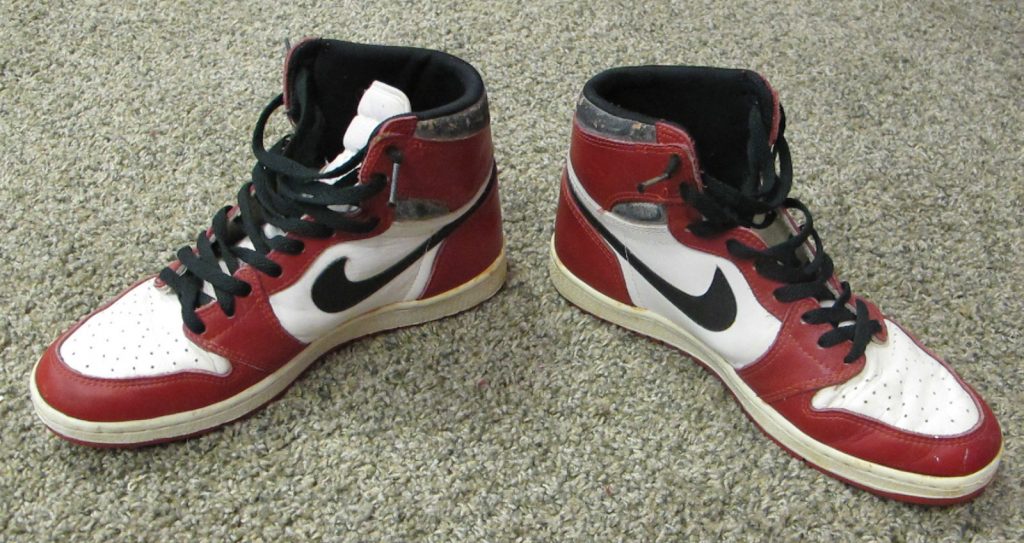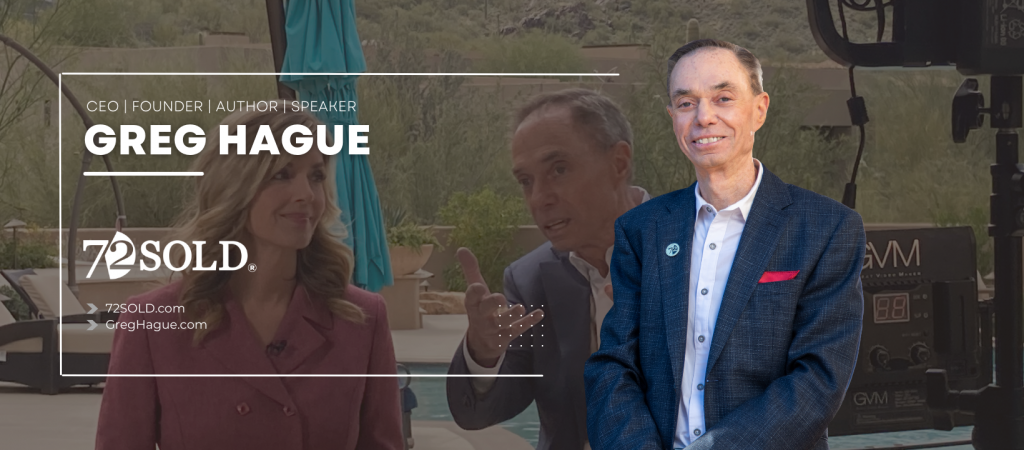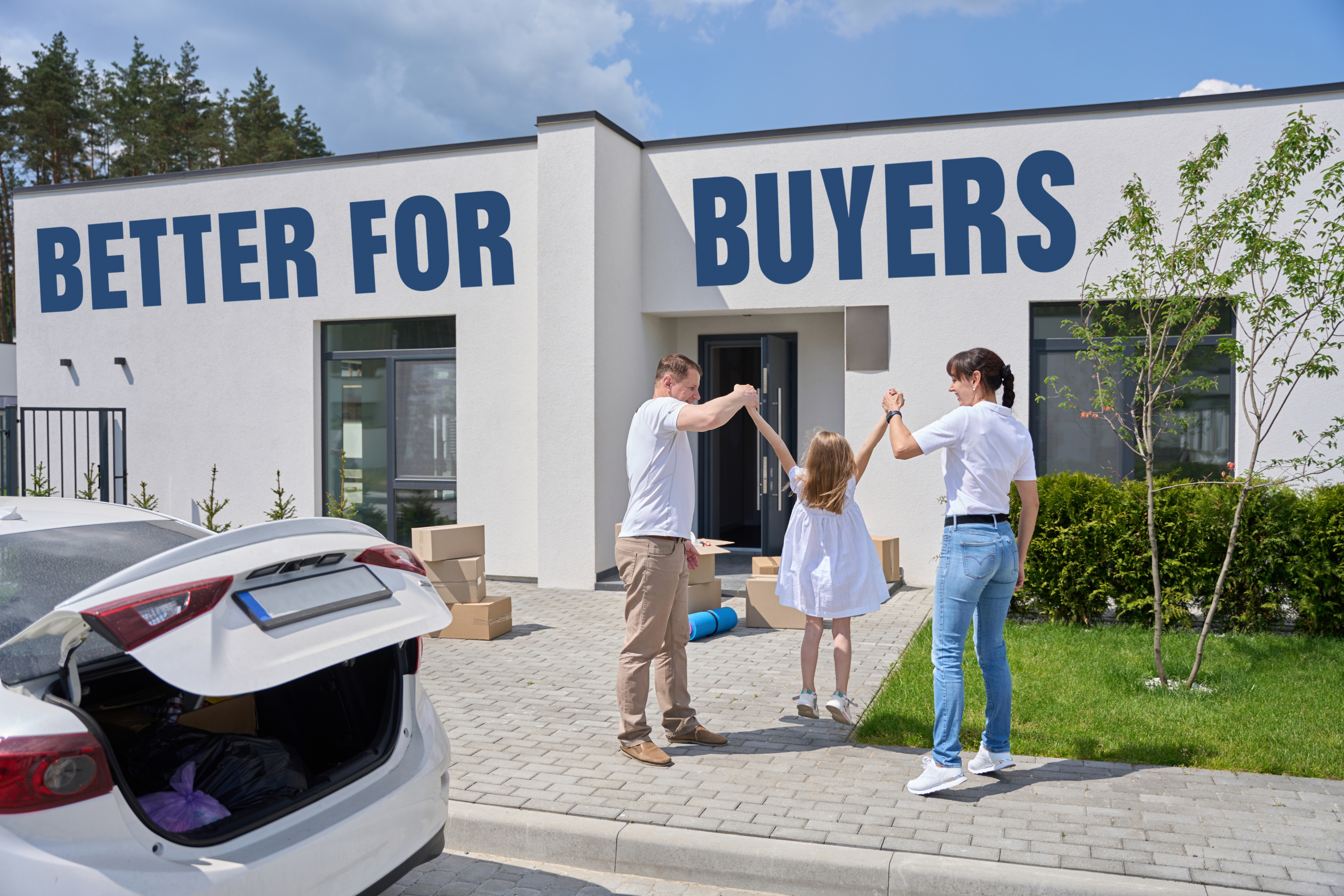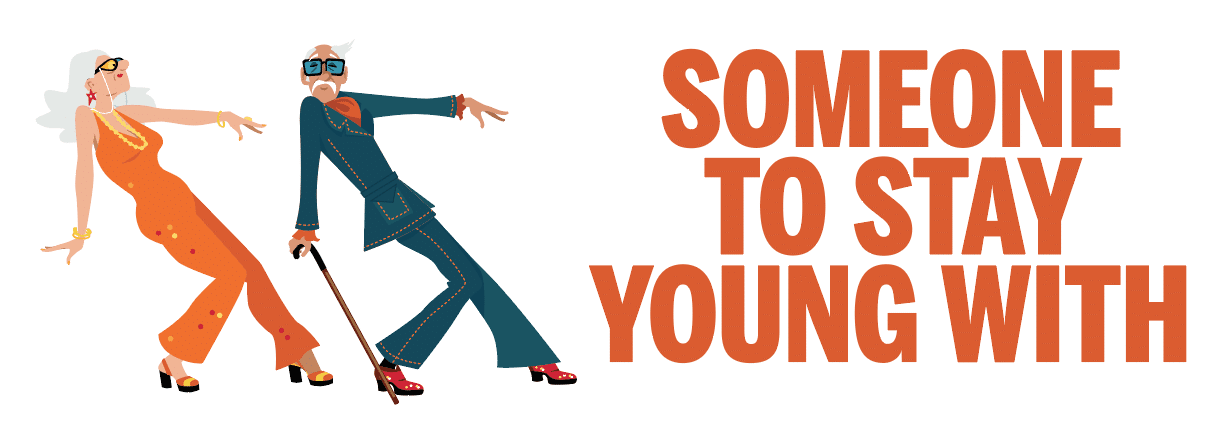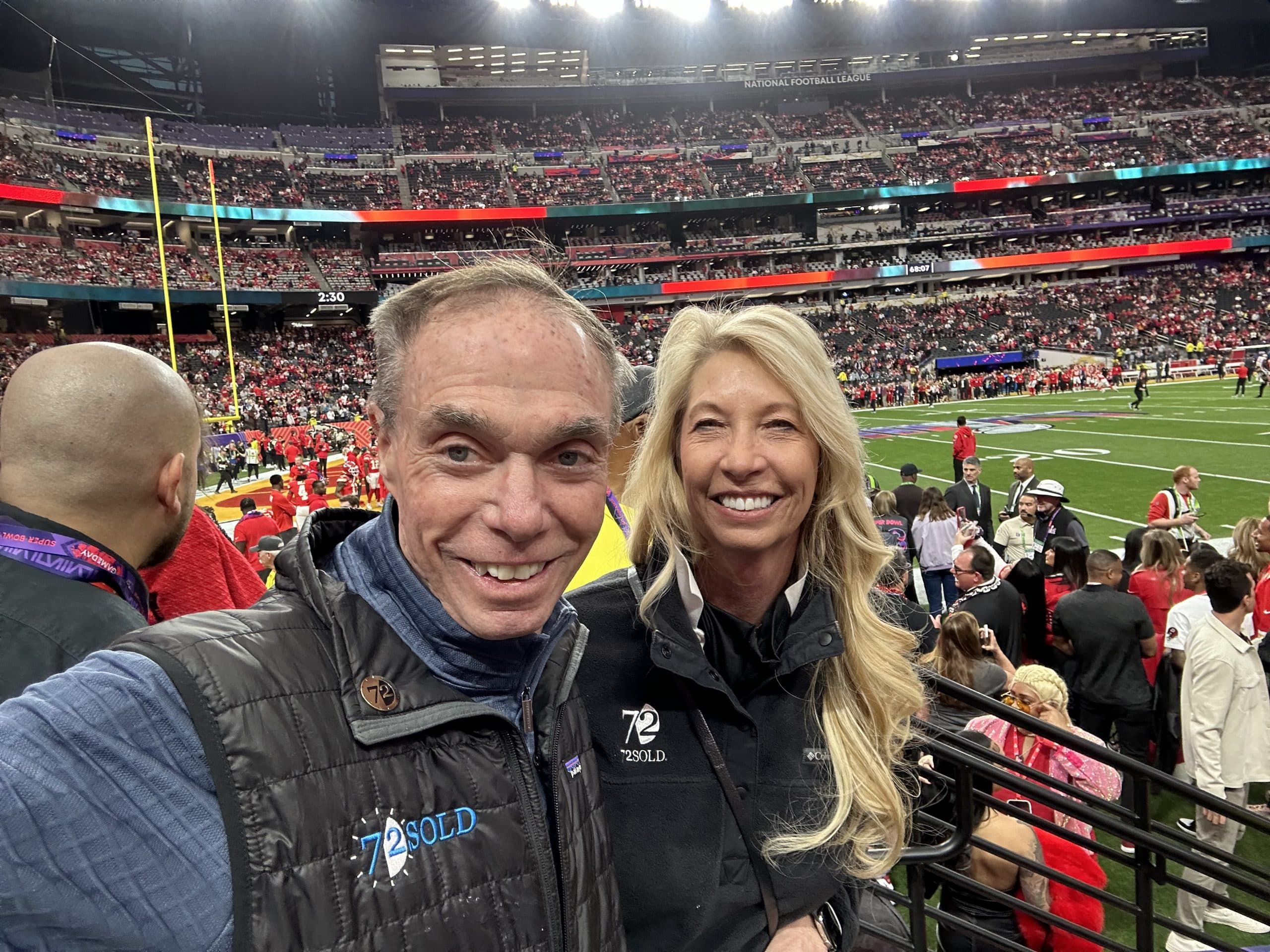When my son Brian was seven, he asked Santa for a pair of basketball shoes. These weren’t just any basketball shoes. They were the latest, coolest, most-talked-about shoes on the planet. And they were at the top of his Christmas list.
The year was 1985. Nike had just released the “Air Jordan,” named for the Chicago Bulls’ draft pick and superstar, Michael Jordan. At $65, these were the most expensive basketball shoes on the market.
The Banned Shoes
Michael Jordan wore a pair of Air Jordans every game that 1985 NBA season. But there was a problem. The shoes’ red and black color scheme was banned by the NBA.
Jordan was fined $5,000 for every game he wore the Air Jordans. Nike happily paid the fine in exchange for all the buzz about the shoes. As you might guess, this only heightened their coolness factor.
The shoes were better than any on the market. You could buy them fast, right off the shelf, but they were definitely not cheap.
The Better, Faster, Cheaper Trade-Off
In everything we buy, there is generally a trade-off. We typically evaluate better vs. faster vs. cheaper. With many products and services, you can find two of these characteristics, but not often all three.
You need a new suit. You might find excellent quality at a reasonable price by visiting a custom tailor who orders from Hong Kong. The downside? You have to wait. You get better and cheaper but not faster.
Or, you could go to Kmart. You get cheaper and faster. But you don’t get better. Or, you could go to Saks. You get better and faster. You don’t get cheaper.
The Holy Grail
The Holy Grail of merchandising is being able to provide products and services that are better, faster and cheaper. Companies that do this often experience explosive growth. A few examples? Amazon and Uber.
Always one. Often two. Rarely three.
Better, faster, cheaper. In most everything we buy, we must decide which of these are most important, and where we are willing to compromise.

